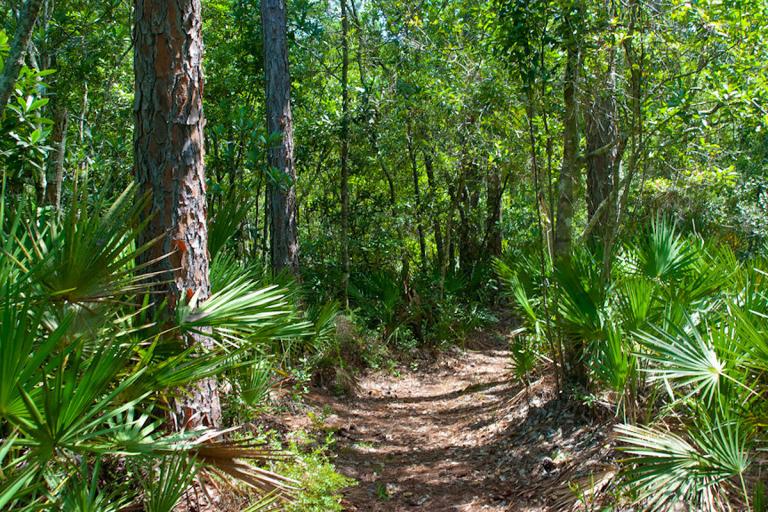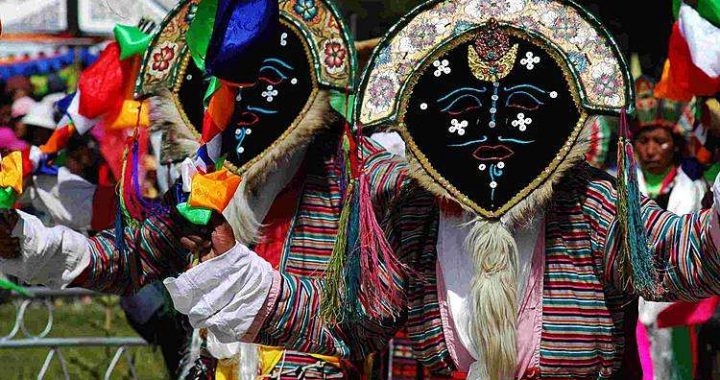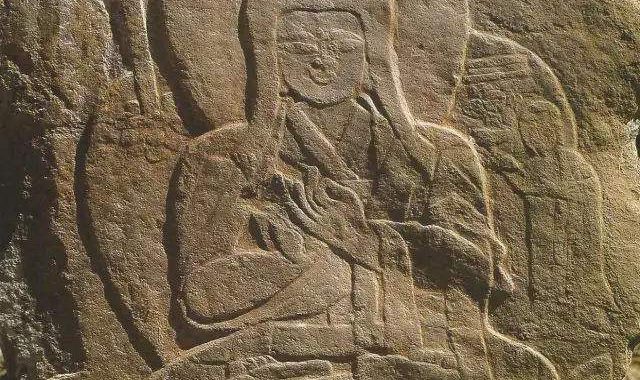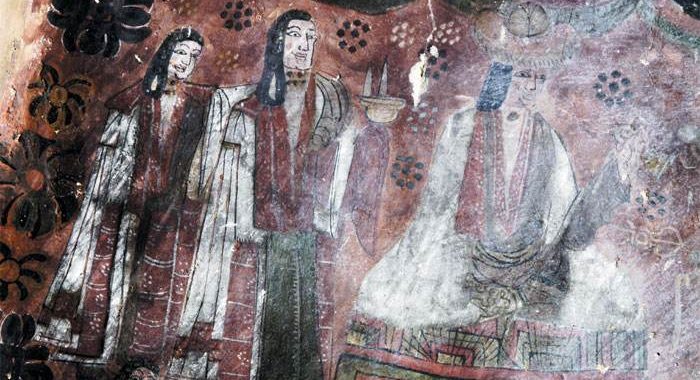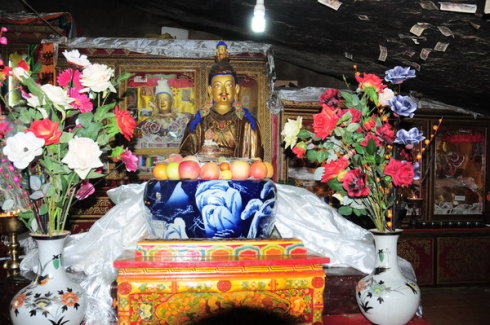47 Nature Reserves in Tibet
3 min readLocated on the vast Qinghai-Tibet Plateau, Tibet has steep terrain, unique geographical features, and rich resources of wildlife, lakes and rivers andminerals. Despite a relatively short geological age and fragile environment, Tibet is of utmost importance. It is not only the”river source”and”ecological source”for the vast territory of South and Southeast Asia, but also the “initiator”and climate regulator”for China and the Eastern Hemisphere. Therefore, one of most important tasks facing Tibet in the 21 century is to carefully protect its pristine environment.
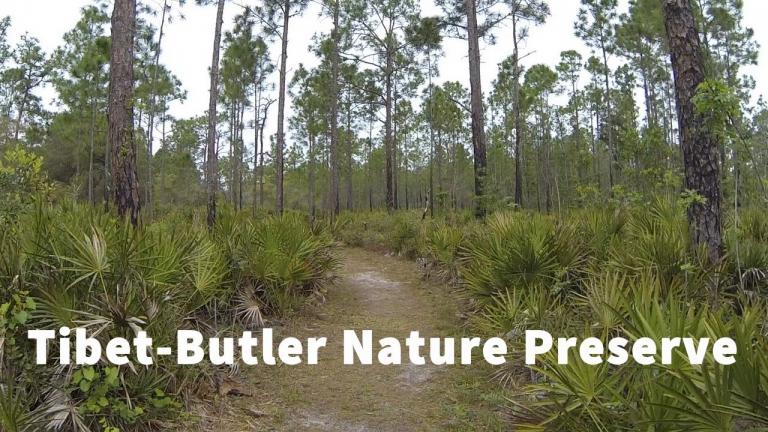
At the foot of Qomolangma is a little pyramid-shaped stone tablet made of ebbles and cement, with the inscribed characters reading, “My Amulet”. It is a symbol of the Qomolangma Nature Reserve. Every year, many scientists andyolunteers work there now. Their work includes observing the environmental changes in the Qomolangma area, collecting and analyzing samples of snowand ice, rocks, precipitation and soil, and even animals and human hair, as wel as all kinds of crop seeds, so as to obtain the extremely accurate data about environmental conditions of the Qomolangma area. Other work includes collecting and cleaning up all kinds of rubbish largely left behind by climbing expeditions .
Statistics released by the Environmental Protection Bureau of Tibet Autonomous Region show it has established 47 nature reserves, including nine at the national level and 1l at the regional level. Tibet has 125 species of wild animals and 39 kinds of wild plants under national protection. They can best be rotected in the nature reserves.
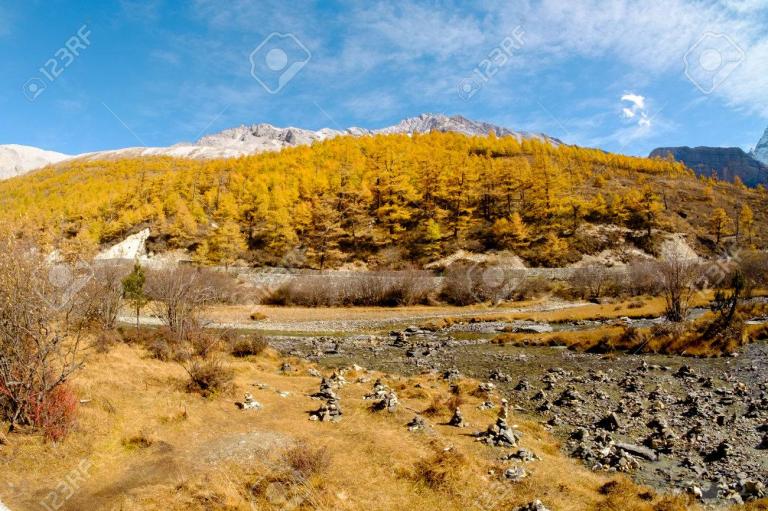
The 47 nature reserves cover 412, 600 square km, accounting for 34.38 percent of the regions territory, which ranks first in China For example, the Lhalu Wetland Nature Reserve in the northwest of Lhasa is known as the “lungs and kidneys of Lhasa. In the past, it was the manor of the noble Lhalu family. It is the largest and highest urban natural wetland, covering 6.2 square km. The Lhalu Wetland is vital for the dry, oxygen-deficient plateau cities such as Lhasa. It helps in regulating the climate and increasing the air humidity and oxygen content. In addition, it is also the habitat for a variety f plateau plants and animals.
Human activities such as economic development are strictly limited in the nature reserves. Through the recovery of natural ecosystems, the majority of nature reserves have achieved a stabilized ecological environment, and have gradually realized development of a virtuous circle. Monitoring shows that the quantity of wild animals and plants in the nature reserves has significantly increased, and wildlife reserves have increased by over 30 percent. Some rare animals not seen for many years have begun to return. In recent years, the number of wild animals in the Qiangtang Nature Reserve such as Tibetan wild donkeys, argali, Tibetan antelopes, has increased somewhat; the Nyima Core Nature Reserve has more than 200,000 Tibetan antelopes. Since establishment of the Black-necked Crane Nature Reserve in the valley of the Yarlung Zangbo River, the number of birds has increased year by year and now accounts for about 80 percent of the world total .
Over the years, Tibetan people have achieved unprecedented improvement in their environmental protection awareness. In 2011, we carried out an investigation in Shannan Prefecture. When passing by Degyixoi Village, we saw nearly 100 black-necked cranes were foraging in the wilderness. We were pleasantly surprised and quickly took many photographs. A local child appeared in front of me quietly, and said after carefully looking at my camera, You cantake photos here, but do not scare them or throw stones, which is the rule of our village. “In Tibet, children even have such keen awareness of environmental protection!
